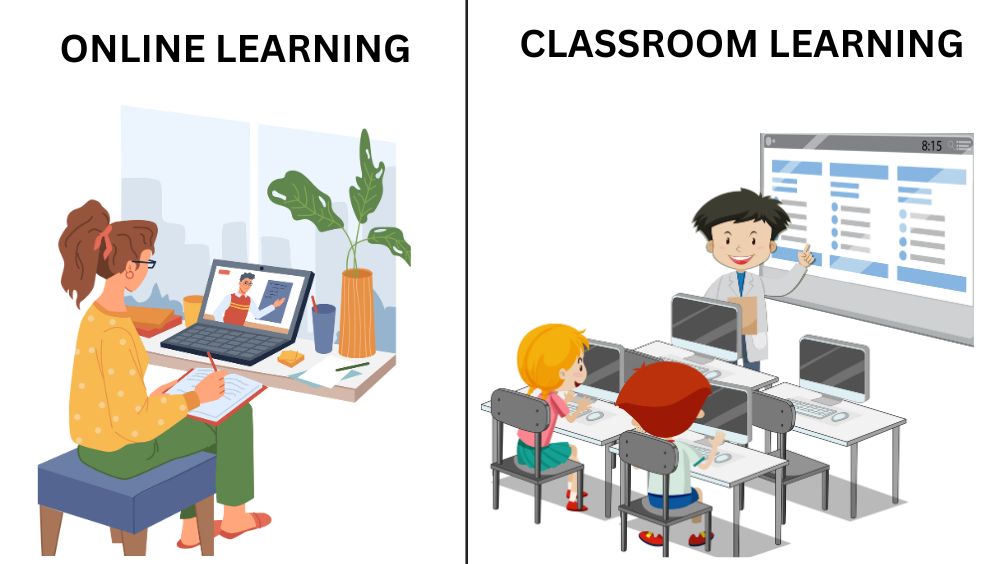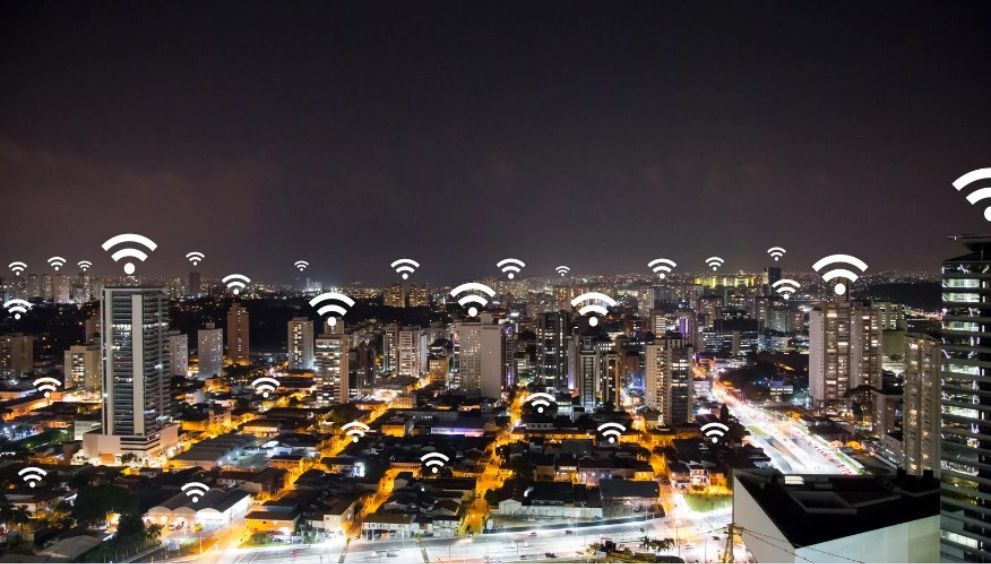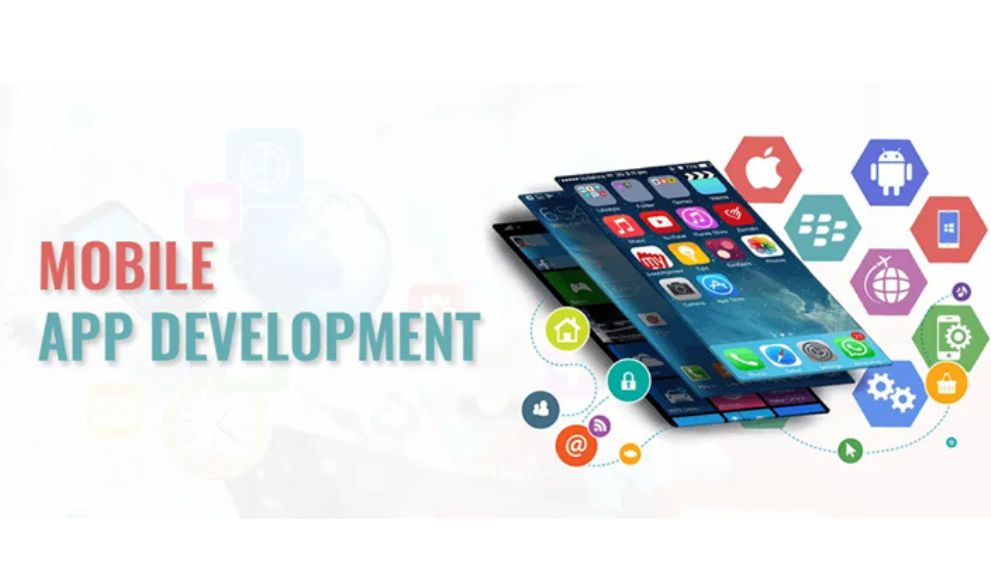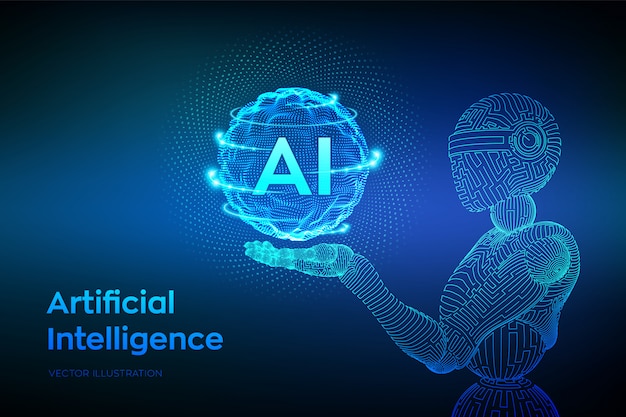Sustainable Technology Innovations for Environmental Conservation
The present world is undergoing an increasing environmental footprint awareness, thus Sustainable Innovations and technology lead in the struggle against climate change and resource depletion. They are all about lessening our planetary encroachment while stepping up for the efficient employment of resources thereby making the future more sustainable and resilient. Once we look into different developments on this front of renewables, it becomes clear that some of the most pressing environmental issues facing mankind need technological breakthroughs.
Renewable Energy Technologies
Solar Power Innovations
Solar energy has been touted as a major pillar in transitioning to renewable sources for generations. The sun provides almost inexhaustible energy and recent technological advances have made it accessible and efficient.
Advancements in Solar Panels
Over the last decade, there has been a huge improvement in solar panel efficiency. Some of these innovations include bifacial panels with light capture from either side and perovskite solar cells which offer higher efficiencies at lower costs hence revolutionizing this industry. As such, these increase power generation and reduce installation space; consequently democratizing its use in towns.
Solutions to Storing Solar Energy
Solar energy is one of the most intermittent forms of power. To deal with this, much progress has been made in providing solutions for solar energy storage. Improved battery technology such as lithium-ion and emerging solid-state batteries have made it possible to store electricity produced by solar panels much more efficiently than in the past, even throughout periods of no sunlight.
Wind Power Solutions
Significant advances have also been made in wind energy, another key area of Renewable energy solutions.
Offshore Wind Farms
Offshore winds are increasingly being tapped into as a viable means of renewable energy generation. These farms located further out at sea and which have stronger and more steady winds can generate big amounts of electric power. Advancements in turbine design and floating platforms are driving down offshore wind costs that may eventually rival or become competitive with other forms of power generation.
Onshore Wind Energy Advancements
Onshore wind farms remain an important part of the renewable energy mix. Advances in technology have resulted in larger, more efficient turbines that produce more power while reducing costs. Furthermore, improvements in grid integration technologies enable grid operators to better manage the variability of wind, ensuring consistent supply.
Energy Efficiency Gains
In addition to producing renewable energy, improving energy efficiency is essential in reducing total consumption levels and minimizing environmental impacts.
Advanced Power Grids
Smart grids are transforming electricity management. These grids make it possible for power to be distributed more efficiently and reliably through digital integration.
The Combination of Renewable Resources
Smart grids allow the integration of renewable sources through a changeable response to solar and wind availability. This guarantees that electric power produced from renewables is utilized in such a way that dependence on fossil fuels is reduced.
Real-time Monitoring and Control
With real-time monitoring and control, smart grid systems can react quickly to changing supply or demand patterns resulting in less energy waste. This further enhances the effectiveness of energy usage while enhancing power stability and reliability.
Energy-efficient Appliances and Systems
Improvements in technology have resulted in the creation of more efficient appliances and systems that vastly reduce individual or industrialized energy usage.
Home Automation Smart Thermostats
Increasingly, people use home automation systems as well as smart thermostats because they save energy. These devices may be used.
LED Lighting and Efficient HVAC Systems
LED lighting is also one instance of energy-efficient technology as it uses much less electricity than conventional incandescent bulbs. Equally, modern HVAC systems are made to be more efficient by incorporating advanced technologies such as variable speed compressors and heat recovery systems which in turn result in low energy consumption.
Sustainable Transportation Innovations
Transportation is a major contributor to greenhouse gas emissions. As a result, sustainable transportation technology is essential for mitigating this environmental impact.
Electric Vehicles (EVs)
Electric vehicles are the leading examples of Sustainable innovations that offer a cleaner option compared to traditional internal combustion engines.
EV Charging Infrastructure
The proliferation of EVs has necessitated the installation of an extensive charging infrastructure. Fast charging stations, wireless charging, and smart grid integration are all making it easier for electric vehicle owners to charge their cars with greater convenience thus encouraging mass adoption.
Enhancements in Public Transport
Sustainable transportation also involves the improvement of public transport systems.
Electrification of Buses and Trains
Therefore, electric buses and trains are a way to go towards cutting down on emissions. This is because these vehicles don’t produce any harmful gasses into the atmosphere as well as provide quieter service within this sector, making it more functional.
Development of Sustainable Fuel Alternatives
The aviation and shipping industries are difficult to electrify; however, sustainable fuel alternatives like biofuels and hydrogen are helping to decarbonize them alongside electrification.
Waste Management and Recycling Technologies
Key elements for environmental conservation technology are effective waste management techniques including recycling that reduces pollution levels and saves resources.
Waste-to-Energy Technologies
An efficient way of managing waste while producing energy is converting it into power.
Incineration with Energy Recovery
Modern incineration technology enables capturing the energy released during waste combustion, decreasing the amount of garbage incinerated and at the same time generating electricity from it.
Anaerobic Digestion
Anaerobic digestion is another method for turning organic waste into biogas which can be used as an energy source. This biogas can be used as a renewable energy source, while the remaining material can be used as fertilizer.
Advanced Recycling Techniques
For this reason, improved recycling methods have the potential of recycling a greater variety of materials efficiently.
Chemical Recycling
Plastics and other substances can be broken down into their constituent components through chemical recycling, which can then serve as raw materials for the production of new products. Such a technique is particularly useful for those materials that are not amenable to mechanical recycling.
Automation in Waste Sorting
This has increased accuracy and efficiency in waste sorting through automation and robotics thus leading to more correct recycling of items and less garbage ending up in landfills.
Water Conservation Technologies
Therefore, water conservation technologies are paramount in protecting our environment.
Water Purification and Desalination
This will go a long way in ensuring that clean water is available even where it’s scarce by purifying available water sources.
Membrane Technology
The availability of membranes capable of removing impurities including salts from water has contributed to low costs associated with desalination processes for cleaning water. These devices can also eliminate pollutants, making such water fit for drinking or irrigation purposes.
Solar Desalination
Solar desalination involves the evaporation of salt and any impurities from seawater using solar energy. This process is particularly useful in arid regions with abundant sunlight but limited freshwater resources.
Intelligent Irrigation Systems
Agriculture is one of the largest water consumers that are using smart irrigation systems for more efficient water use.
Drip Irrigation
Drip irrigation delivers water directly to the roots of plants, meaning less wastage and ensuring that crops get just enough needed water.
Sensor-based Irrigation Management
Sensor-based irrigation systems deliver real-time data on soil moisture levels and climatic conditions to optimize timing and amounts of irrigation, hence minimizing water usage.
Innovations in Sustainable Agriculture
Sustainable agriculture is the foundation for food security while maintaining a sustainable environment.
Precision Farming
Precision farming involves technology to maximize crop yields while reducing environmental contamination.
Use of Drones and Sensors
Data-driven decision-making based on drones and sensors can be applied when considering monitoring crops’ health, soil condition, as well as pest infection levels by farmers.
Data Analytics in Crop Management
By making use of drones and sensors to gather information, farmers can forecast future states or current trends showing improved resource management strategies as well as more productive crop-growing seasons.
Organic and Regenerative Farming
Organic and regenerative farming practices concentrate on increasing soil fertility through biodiversity conservation.
Improving Soil Health
Soil health can be improved through practices like crop rotation, cover cropping, and the use of organic fertilizers, which enhance its fertility and resilience.
Biodiversity versus Crop Rotation
Crop rotation and biodiversity reduce the risk of pests and diseases, improve soil structure, and lead to a balanced ecosystem that is more sustainable and resilient for farming systems.
Green Building Technology
The construction and operation of buildings have a significant environmental impact. Green building technologies are intended to fight this by decreasing energy-efficient design with Eco-friendly technology materials.
Environmentally Friendly Building Materials
When constructing eco-friendly buildings using materials that are friendly to the environment there is reduced pressure on the environment.
Reused Material
Recycled materials such as reconditioned wood or reused steel avert demand for new resources which also reduces waste.
Low-Impacting Construction Techniques
Under low-impact construction techniques include prefabrication, and modular building among others thus reducing waste during construction processes as well as energy consumption.
Energy-Efficient Building Design
Energy-efficient building design reduces energy consumption levels while bringing down costs associated with operations.
Passive solar design
Passive solar design is a construction technique that utilizes sunlight for interior heating and lighting thus reducing the requirement for artificial lighting and heating units.
Green Roofs and Insulation
Green roofs as well as advanced insulation materials help in regulating building temperatures hence minimizing the need for cooling or heating systems.
Challenges and Opportunities in Sustainable Technology
Sustainable technologies come with several benefits; nonetheless, their adoption presents both difficulties and prospects.
Financial and Economic Considerations
The costs of implementing sustainable technologies may hinder these efforts but there are also economic advantages attached to them.
Cost of Implementation
Although the initial cost of sustainable technologies is often high, long-term savings may significantly outweigh these costs resulting in environmental benefits.
Economic Benefits of Sustainable Technologies
Sustainable technologies can result in job creation, and economic growth stimulation as well as lessen the economic burden emanating from environmental destruction.
Policy and Regulatory Support
A requirement for governmental support is advanced by government policies and regulations to encourage sustainable technology.
Government Incentives
The costs of adopting sustainable technologies can be offset, as well as encouraging green investment through programs such as tax credits, subsidies, and other government incentives.
International Cooperation and Agreements
To fight the global environmental challenges and enhance the adoption of environmentally friendly technologies, there must be international cooperation and agreements like the Paris Agreement.
Conclusion
To face our current environmental problems, we have to have sustainable technological breakthroughs. These solutions range from renewable energy sources to energy efficiency measures, from sustainable transportation systems to waste management initiatives, from water conservation programs to green building practices. Although some difficulties lie ahead in achieving these goals, the possibilities are many while the benefits are clear. By embracing these emerging technologies in their developmental stages we can save our future generations’ environment.































































































